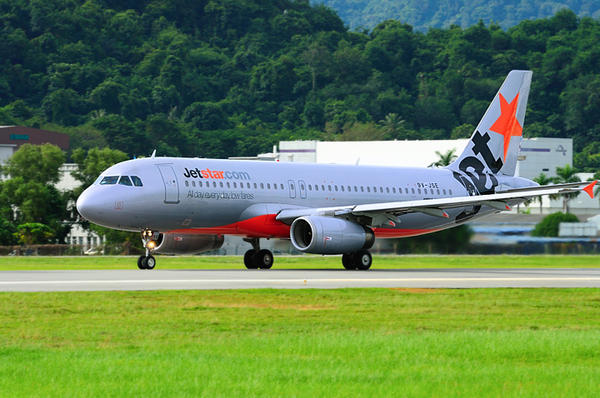
In order to get rid of fuel burn and noise produced by airport taxiing, researchers from the German Aerospace Center (DLR) Institute of Technical Thermodynamics have started ground testing a new technology.
These scientists are trying to invent an emission-free, fuel cell powered electric nose wheel, which can be used for Airbus A320. The invention, if successful, can help in saving 400 liters of kerosene daily. The interesting thing about new electric nose wheel is that it has the ability to control the A320 forward as well as backward, and it does not need power from the aircraft’s main engine to do so. Apart from the energy savings, the new electric nose wheel can effectively remove engine noise produced during taxi movements. According to the scientists, the new invention can help in reducing aircraft emissions by 27%.
The new nose wheel drive is different and better because it is power-driven by a fuel cell system that changes electrochemical energy and generates electricity from hydrogen and oxygen. This method of powering the motor is beneficial over the traditional method (combustion engine and generator) because the efficiency of fuel cells here is 40-50%, as compared to 33% in the traditional method.
The main principle on which the new electric nose wheel works is an increased torque of the engine inside the nose wheel frame, which is then able to power-drive a 70-ton aircraft. The electric nose wheel has two motor components fitting inside the nose wheel’s frame. The outside of the wheel’s frame is kept the same but the inside of the frame is minimized to increase the torque of the motors.
The maximum torque that can be given to the new electric nose wheel is 11,000 Newton-meters, and it can tolerate up to 120 tons.
According to Dr. Josef Kallo, project manager for the electric nose wheel, Airbus A320 was chosen for the installation of the electric nose wheel for the very first time because of its handiness and also because it is frequently used in taxiing between shorter flights. Scientists are also planning to develop a model for the Boeing 737 series.
In the near future, the scientists take it as a great opportunity to make an electric nose wheel for larger aircrafts. But for time being they are enthusiastic about presenting their new innovative technology to the airlines.
Via: Aviation Week




